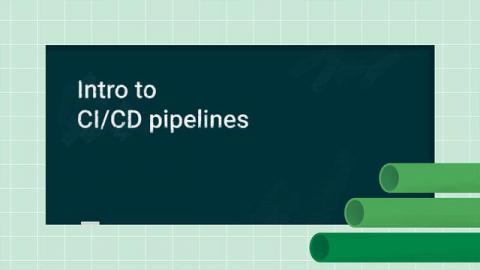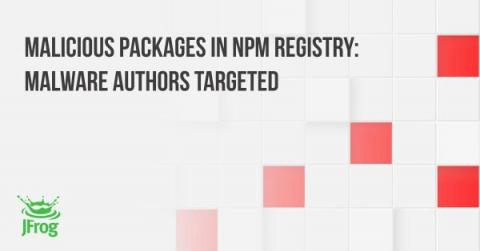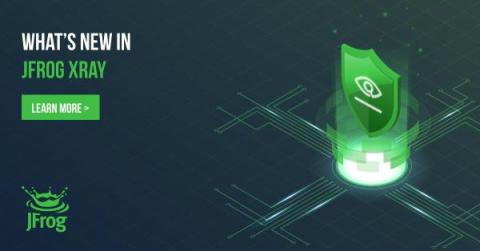What is a CI/CD pipeline?
A CI/CD pipeline is the most fundamental component of automated software development. While the term has been used to describe many different aspects of computer science, at CircleCI, and within much of the DevOps industry, we use “pipeline” to illustrate the broad applications of behaviors and processes involved in continuous integration (CI).











